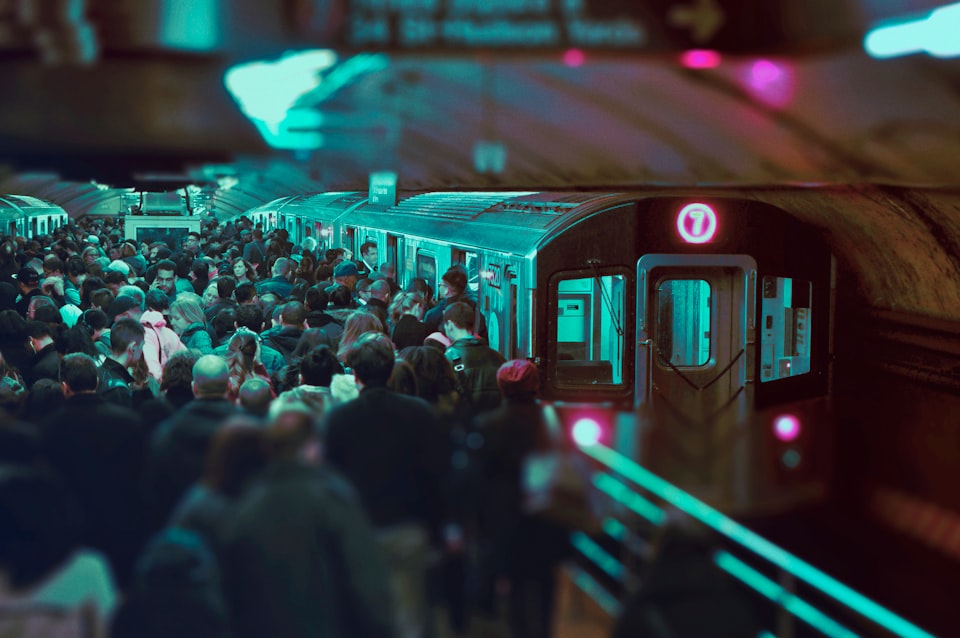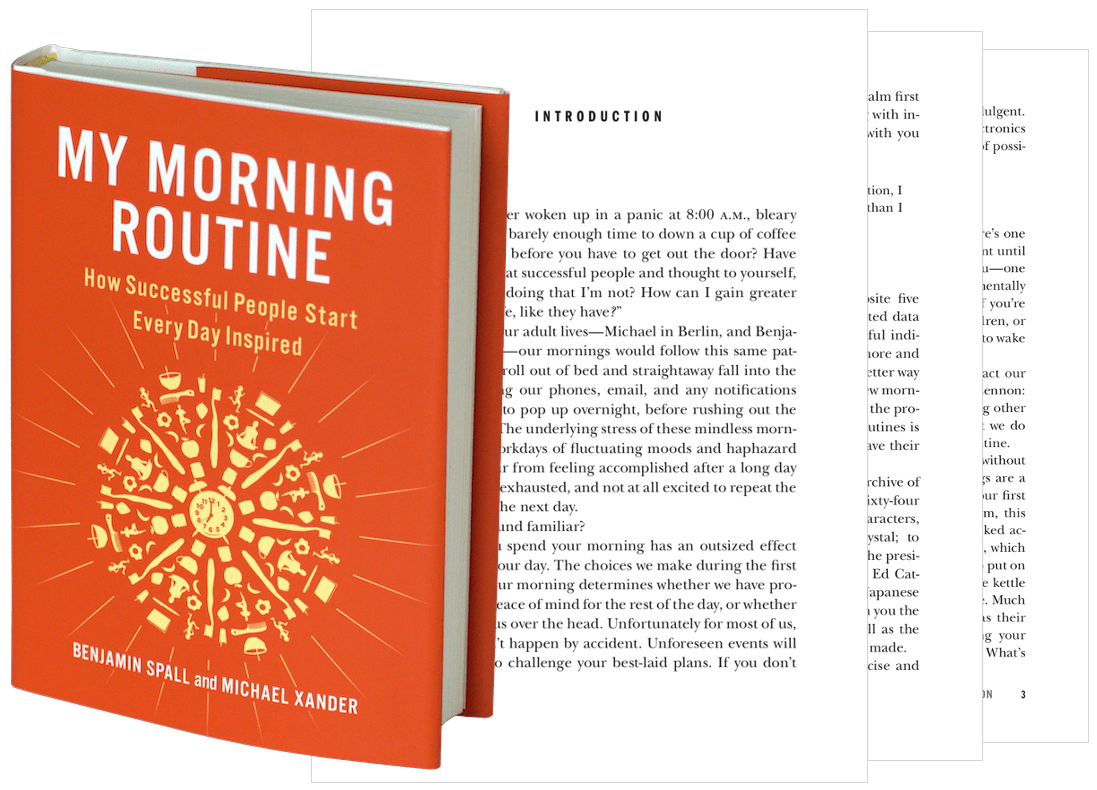The Bystander Effect: The Psychology Behind a Social Phenomenon

Have you ever been walking down the street, or driving in your car, and witnessed a crime or accident take place in front of your eyes?
From a robbery, to a car wreck, to someone simply falling down onto their knees, the victims of these events have been led to believe that in their hour of need someone will come to their rescue, to help lift them back up and help them to receive the necessary care and assistance they need.
The bystander effect does away with this belief.
In this article, I’m going to look at the psychology behind the bystander effect, I’m going to explore the sad case of Kitty Genovese whose brutal rape and murder popularized this very concept, and I’m going to look into how we can turn ourselves from passive bystanders to active contributors so we are ready to spring into action when needed.
What is the Bystander Effect?
The bystander effect occurs when the presence of more witnesses to a crime, accident, or other event decreases the chances of any one of these witnesses coming forward to help the person or persons in distress.
The bystander effect is amplified by the number of people in a group. The more people who witness a crime, accident, or other event, the less likely a single individual will take action.
To state this clearly, as the bystander effect is a difficult concept to understand the first time you learn about it:
- The more people who witness a crime or accident, the less likely any one of these individuals will help or report it
- The less people who witness a crime or accident, the more likely any (or all) of these individuals will help or report it
The reason for this is due largely to the diffusion of responsibility concept. If you are in a large group of people, such as walking down a busy sidewalk, and you see someone fall over and cry out in pain, you will feel little personal responsibility to help this individual as there are a large number of other people around you who, you tell yourself, are better positioned to help.
If this same example were to play out on an uncrowded sidewalk, with just one or two other people present beside yourself, you would be far less likely to experience a diffusion of responsibility. Instead, you would feel a personal responsibility to help the person who has fallen over get back onto their feet.
Here’s a good video from Khan Academy on the bystander effect:
Kitty Genovese and the Bystander Effect
One of the most famous examples of the bystander effect is the sad case of the rape and murder of Catherine “Kitty” Genovese in New York City on March 13, 1964.
Returning home from work late one evening, the 28-year-old was attacked and stabbed as she attempted to enter her apartment building. The attack lasted half an hour, with Genovese reportedly pleading for help for much of this time. Despite this, nobody in the nearby apartment building came outside to help, or dialed 911. It wasn’t until half an hour after the attack first began, at 3:50am, that someone called the police.
In researching the rape and murder of Kitty Genovese, social psychologists Bibb Latané and John Darley noted that both a diffusion of responsibility and a sense of social influence (nobody else is intervening, so why should I) contributed to the bystander effect in the Genovese case.
How to Prevent the Bystander Effect
While many unique situational factors contribute to the bystander effect, there are ways to avoid being a passive bystander to ensure that you, your friends, and your family are ready to spring into action should your services be needed.
Here’s a short list on how to prevent the bystander effect:
- Act as if you are the sole person witnessing the crime or accident.
- Attend first aid and de-escalation training to make you feel more prepared.
- Remind yourself that you don’t need medical or de-escalation training to be a proactive bystander (what I like to call an “active contributor”). Calling 911 is always better than doing nothing.
Active contributors can make the difference between life and death for the person under stress. Don’t be a passive bystander. Step up for your community, whether you are in a crowd of one or one hundred.
Remember, you can prevent the bystander effect from taking hold by acting as if you are the sole person witnessing the event, and taking charge of the situation at hand; even if this simply means calling 911.
If you’re interested in hearing more from me, be sure to subscribe to my free email newsletter, and if you enjoyed this article, please share it on social media, link to it from your website, or bookmark it so you can come back to it often. ∎




